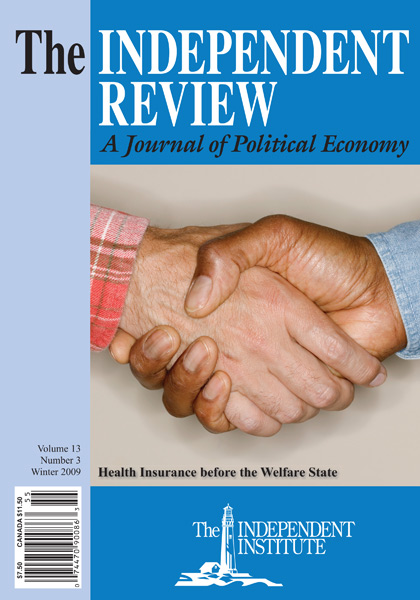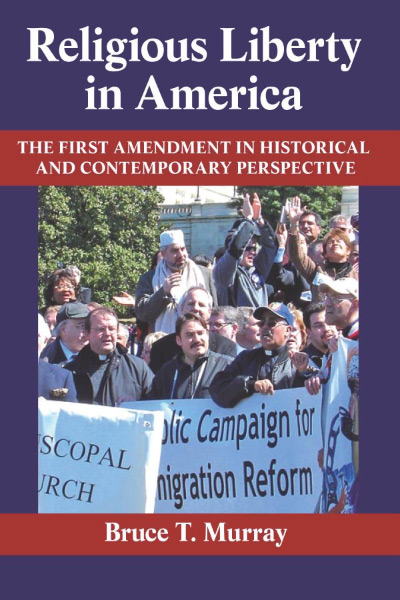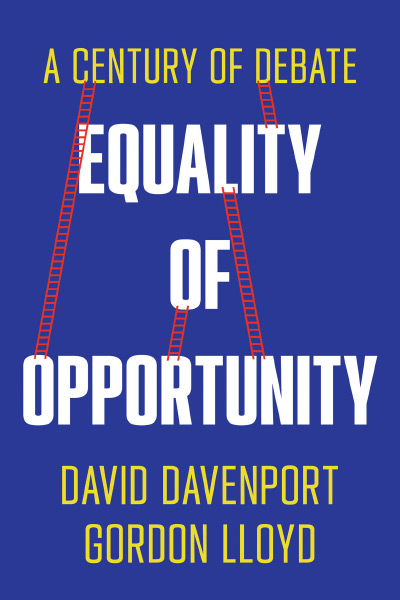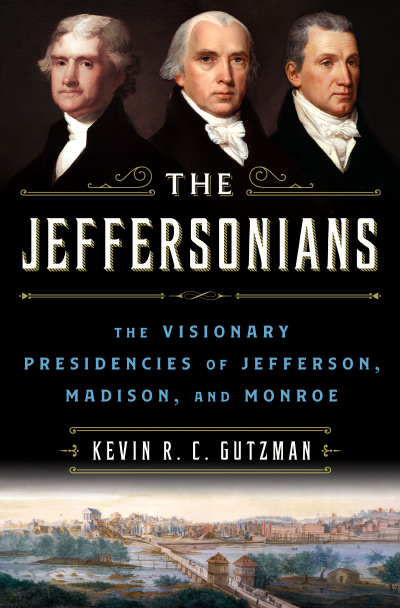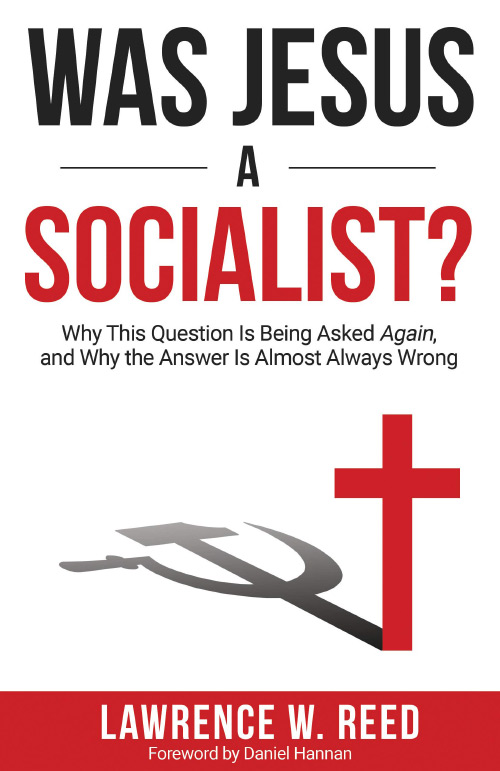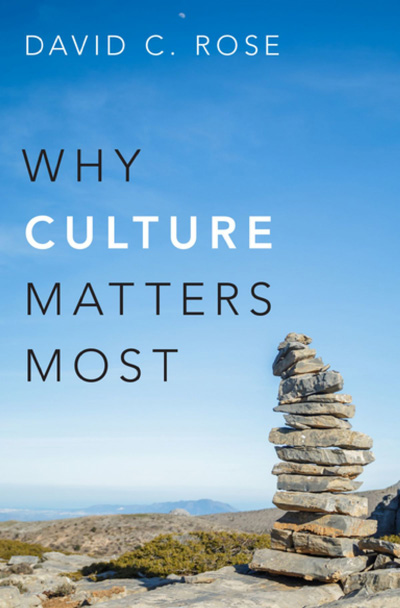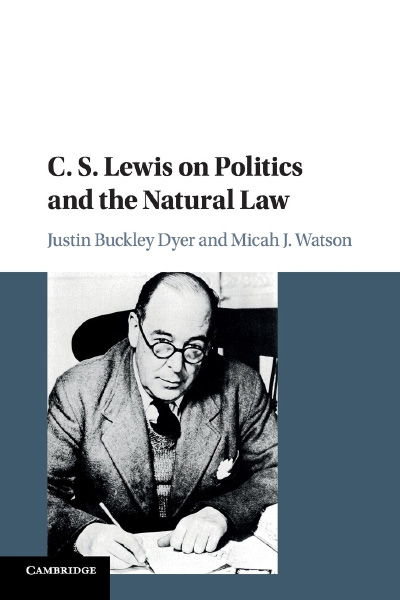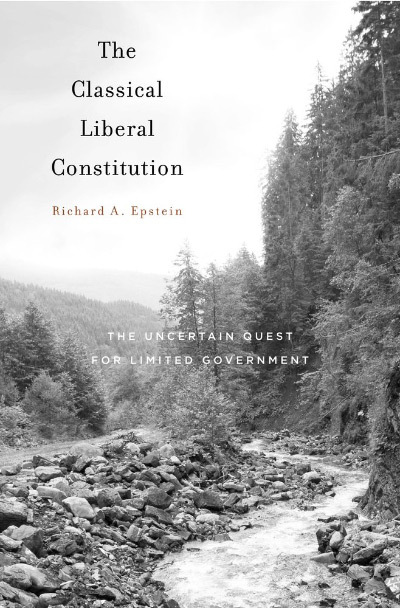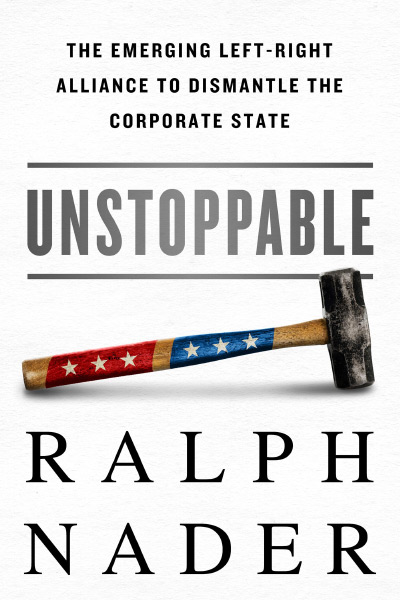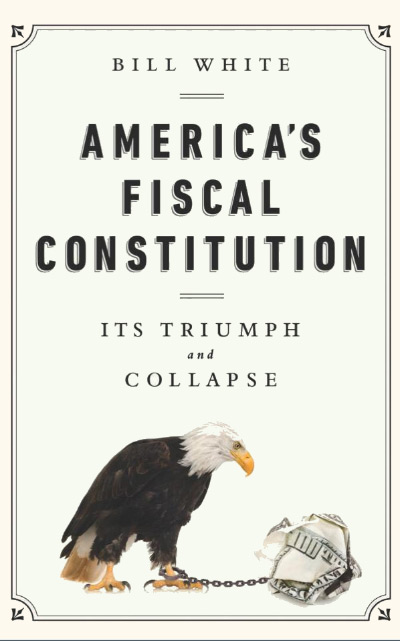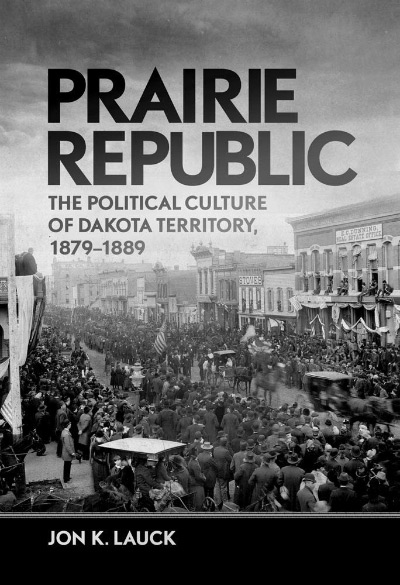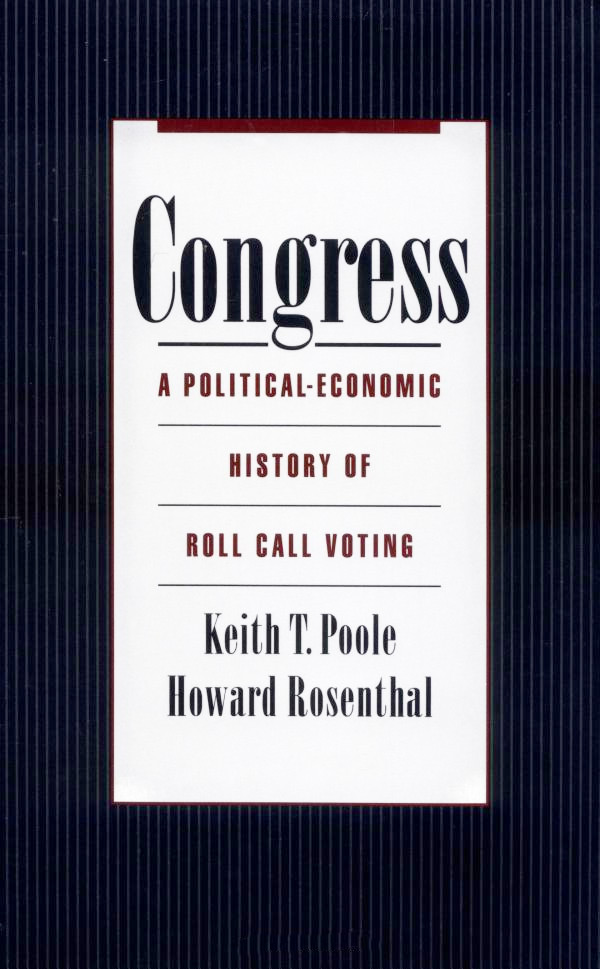Bruce T. Murray, a former editor for the Los Angeles Times and the Orange County Register, has written an idiosyncratic volume on religious liberty in America. Although its subtitle indicates that its focus is the First Amendment, the development of legal doctrine forms only part of the tale Murray seeks to tell. What he has in mind, instead, is to explain how American society accommodates diversity of religious belief and practice.
In chapter 1, “From Revival to Religious Liberty,” Murray tells the background story to the First Amendment. Here one finds a story very similar to that recounted in Isaac Kramnick and R. Laurence Moore’s The Godless Constitution: The Case Against Religious Correctness (New York: Norton, 1996).
As through the balance of the volume, Murray here has the Massachusetts Puritans founding America. (Never mind that Virginia was founded twenty-three years earlier, was more extensive, and always had a larger population.) Their idea of America as a “city on a hill” marked off the American mission, Murray says.
Yet although Massachusetts is in some sense typical of America, indeed often becomes “America” in Murray’s account, it is Roger Williams who is the hero of Murray’s story. How can that be, when Williams was exiled from Massachusetts for disapproving of the New England Way, for disagreeing with that colony’s leaders in regard to the proper relationship between government and religion?
Precisely because of that. Somehow, Williams is a prophet of an “American” model, even though there is no evidence that any significant participant in the American Revolution had even read Williams, let alone relied on his example. Where can Murray have gotten the idea that Williams was so significant?
Well, perhaps from the late Supreme Court justice Hugo Black. Murray’s story of early America sounds much like what Black wrote for the Court in Everson v. Board of Education (330 U.S. 1 [1947]). Murray displays a disconcerting tendency to mistake judges’ accounts of the past for history—a common tendency that I criticize at length in The Politically Incorrect Guide to the Constitution (Washington, D.C.: Regnery, 2007).
Thus, one finds Murray repeatedly quoting judges at length on the First Amendment’s underlying purpose of banning government-sponsored or government-endorsed statements of religious sentiment. He devotes most of his final chapter to a sympathetic account of the post-1947 development of Supreme Court precedent in this area.
To have avoided this error, Murray need not have read the latest works in this field, such as Philip Hamburger’s Separation of Church and State (Cambridge, Mass.: Harvard University Press, 2002), the chapter on this issue in my own Who Killed the Constitution? The Fate of American Liberty from World War I to George W. Bush (New York: Crown Forum, 2008), or even the relevant primary sources, conveniently collected in Helen E. Veit, Kenneth R. Bowling, and Charlene Bangs Bickford’s edited volume Creating the Bill of Rights: The Documentary Record from the First Federal Congress (Baltimore: Johns Hopkins University Press, 1991). He could simply have heeded the opinions he purports to have considered, such as Justice William Rehnquist’s dissent in Wallace v. Jaffree (472 U.S. 38 [1985]). Rehnquist’s opinion completely eviscerated Black’s 1947 departure from the original line of federal churchstate precedent. All Murray can rouse himself to say about the work of the leading dissenters from recent historically unfounded Establishment Clause decisions is that theirs is a minority position (p. 162).
Clearly, Murray endorses Black’s work. Perhaps that is why he omits mention of what University of Chicago law professor Philip Hamburger made clear: that Black’s position is owing not to what the ratifiers made of the Constitution (including the amendments), but to Black’s own background in the Ku Klux Klan. Why omit this fact?
Because Murray thinks that Black’s position is a good policy, despite its relationship to the actual historic meaning of the federal Constitution’s religion clauses. The majority of Murray’s book is devoted to spelling out what he takes to be the positive implications of the Black position.
Like Black, Murray traces the meaning of the Establishment Clause to the Virginia Statute for Religious Freedom, which he joins his hero in denominating typical of American policy in the founding era. Here, he might have learned from either Veit’s collection—which shows that Madison tried and failed to have Congress recommend an amendment empowering federal judges to supervise states’ religion policies—or Thomas J. Curry’s fine book The First Freedoms: Church and State in America to the Passage of the First Amendment (New York: Oxford University Press, 1986), which details Massachusetts’s decision during the revolution to retain its religious establishment. But why let mere facts impede one’s advocacy?
Murray’s chapter on American civil religion answers the question of what will happen when the federal courts undertake to root out traditional religious expression from American public life. The answer is that a public religion elevating the American state to holy status has forced its way in. Somehow, although people such as Murray want to entrust federal judges to censor traditional religious references or to denominate them as merely ceremonial, they have no difficulty with presidents’ and other officials’ statements about the holiness of the federal government and its works.
In the end, government will stand for something. If that something is not the consensus moral view of the population, it will be something else. As Murray approvingly quotes scholar Robert Bellah, “‘A republic as an active political community of participating citizens must have a purpose and a set of values. . . . A republic must attempt to be ethical in a positive sense and to elicit the ethical commitment of its citizens. For this reason, it inevitably pushes toward the symbolization of an ultimate order of existence in which republican values and virtues make sense’” (p. 74). In place of the traditional stray references to and vestiges of Christianity that the Supreme Court has undertaken to uproot from the public square, that “ultimate order of existence” is a kind of pastiche of multiculturalist bromides and state worship.
The two remaining chapters, on church-state relations in public schools and on the George W. Bush administration’s faith-based initiative, seem rather less substantial than the rest of the book. Perhaps one can justify the schools material on the basis that the French republic’s long-standing difficulty with the issue may recapitulate itself in America, but one doubts that the Bush program, as currently conceived, will long outlive its extremely unpopular progenitor. Of most interest for present purposes is the perplexity that these issues cause people devoted to the Black paradigm of churchstate constitutionalism. A rededication to the Constitution’s original plan, in which the federal government was to stay out of the area of religious and social policymaking completely, would resolve these difficulties in a trice.
Bruce T. Murray’s Religious Liberty in America is not a good place for readers interested in the history of this aspect of federal constitutionalism to start. It is thought provoking in relation to civil religion, religion in schools, and the sociology of American religion, but surely not in the way that Murray intended it to be.
| Other Independent Review articles by Kevin R. C. Gutzman | |
| Summer 2000 | John Adams and the Spirit of Liberty |

